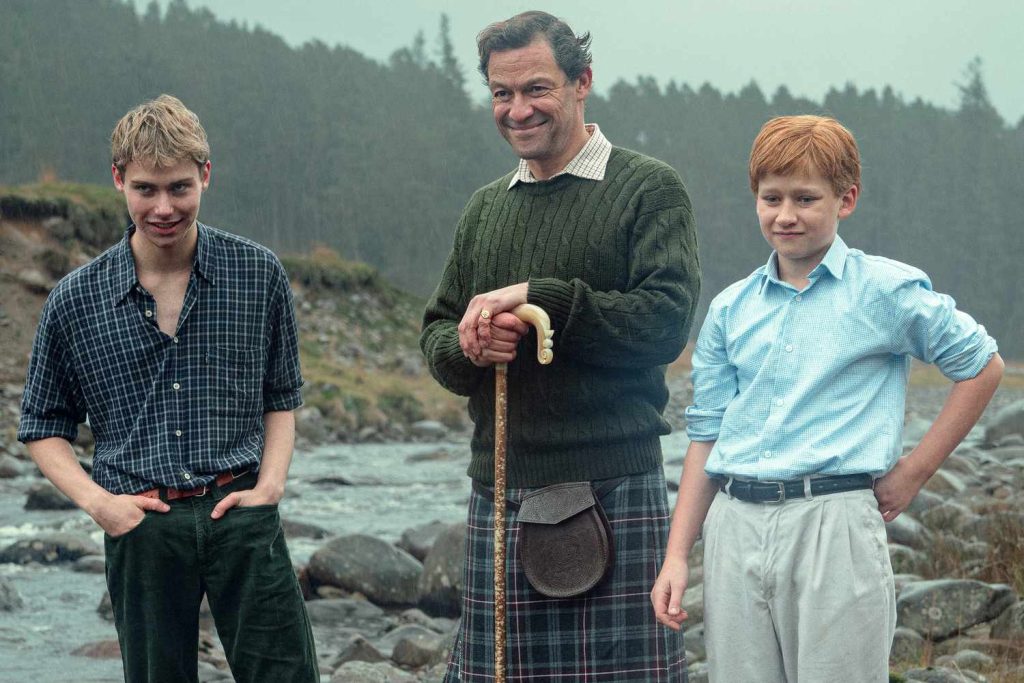Introduction
In the concluding season of “The Crown,” the narrative takes a curious turn with the demise of Princess Diana. While the show attempts to navigate through the complexities of this historical event, it seems to struggle under the weight of its own ambitions. Join us as we dissect the strengths and shortcomings of the final season, questioning its creative choices and narrative execution.
The Ghostly Presence of Diana
The decision to keep Princess Diana as a spectral figure is a questionable move by writer Peter Morgan. This unconventional narrative choice may be perceived as a desperate attempt to salvage the show’s relevance in a well-documented era. The haunting presence of Diana on the plane and at Balmoral appears as a creative impasse rather than a strategic storytelling device.
A Stretched Romance
The portrayal of the summer romance between Diana and Dodi Fayed is drawn out over three episodes, adding a soap opera element that feels more like a filler than a significant plot point. The overemphasis on their relationship, set against the backdrop of a superyacht in the Mediterranean, appears to be a deliberate attempt to inject glamour but lacks the substance needed to captivate the audience.

Character Demolition
“The Crown” completes its transformation of the Queen’s character, evolving from a bright young woman to a sour old monarch. The once emotionally nuanced portrayal has devolved into a caricature, with Imelda Staunton’s depiction lacking the depth and warmth necessary to make the character relatable. The portrayal of the Queen’s relationship with Diana further distances her from the audience, diminishing the show’s emotional resonance.
The Fayed Factor
The introduction of the Fayeds adds a layer of intrigue to the narrative, particularly in the character of Mohamed al-Fayed. While Salim Daw’s performance brings complexity to the character, the overarching portrayal positions him as a villain orchestrating events. The lack of balance in presenting the motivations and struggles of the Fayeds leaves the audience questioning the accuracy of the depiction.
Dramatic Reconstructions Fall Flat
The attempt to reconstruct real-life events, such as Diana’s final moments, falls short of creating the emotional impact intended. By dubbing out crucial dialogues, the show misses an opportunity to evoke genuine empathy. The decision to inject invented lines to heighten emotional resonance feels forced and detracts from the authenticity the series initially aimed to capture.

Conclusion
As “The Crown” Season 6 unfolds, it grapples with creative decisions that may undermine its potential for a grand finale. The stretched romance, character deconstruction, and questionable narrative choices contribute to an overall sense of creative atrophy. With six more episodes to come, there is a glimmer of hope that the series may redeem itself by broadening its scope. However, the release of these initial episodes raises concerns about the overall trajectory of the season. Only time will tell if the show can recover from its current pitfalls and deliver a conclusion worthy of its regal subject matter.

